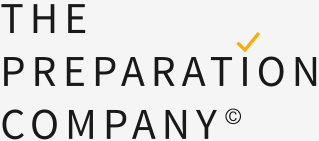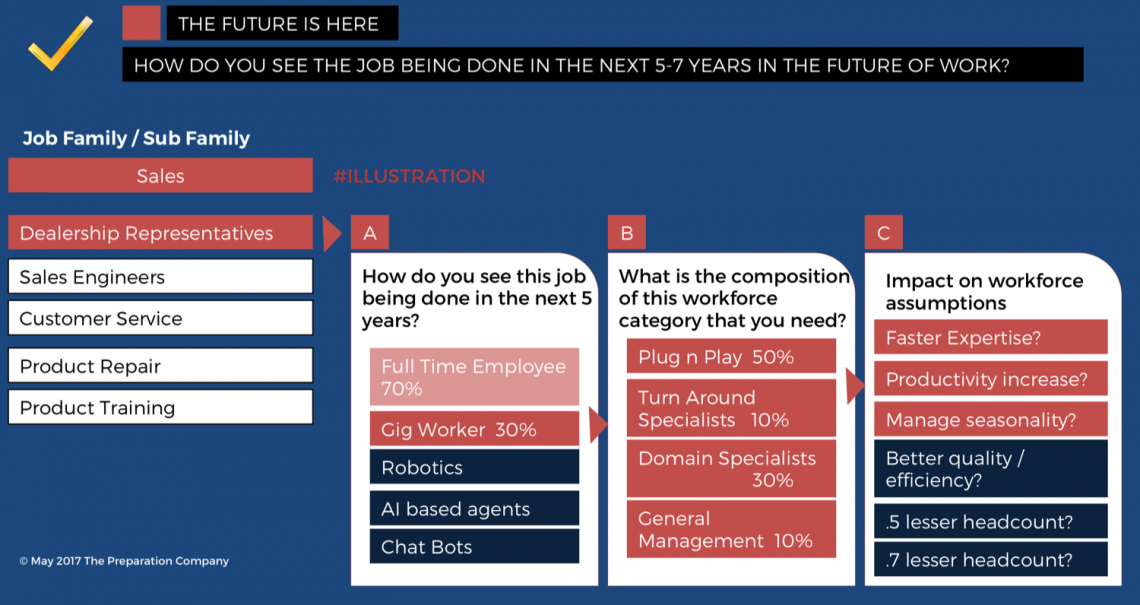Your practical guide to integrate gig talent as a key element of your talent strategy
- What are the 3 big challenges in embracing the Gig Economy by Companies
- What are the 4 types of need for Gig Talent?
- What are the steps to integrate Gig Talent into Workforce Planing
- What are the existing assumptions to re-evaluate?
Gig workforce is the third element of the future of workforce planning. The other two are Full Time Employees (FTEs) and automation (AI & Robotics). Some public estimates place the amount of the workforce involved in contingent work as high as 40%. Another recent study cites 20%–30% of the working-age population in the United States and the EU (as many as 162 million individuals) as engaging in contingent work1.
The gig economy refers to the “uberization” of the workforce, or the increase in the percentage of the workforce participating in contingent work. Contingent workers include2: Any employee paid by task or by project and considered to be in a temporary relationship with your organization, which could range from on-demand workers who perform a single-day job to long-term contractors even up to the senior executives brought in to manage a company transformation.
Being a gig talent is a serious career choice as described on Bloomberg by Jody Greenstone Miller, CEO at Business Talent Group, “A permanent choice to be a temporary worker.” Our focus is on how can we help Companies get started to strategically plan and integrate gig workers into their strategic workforce plans?

